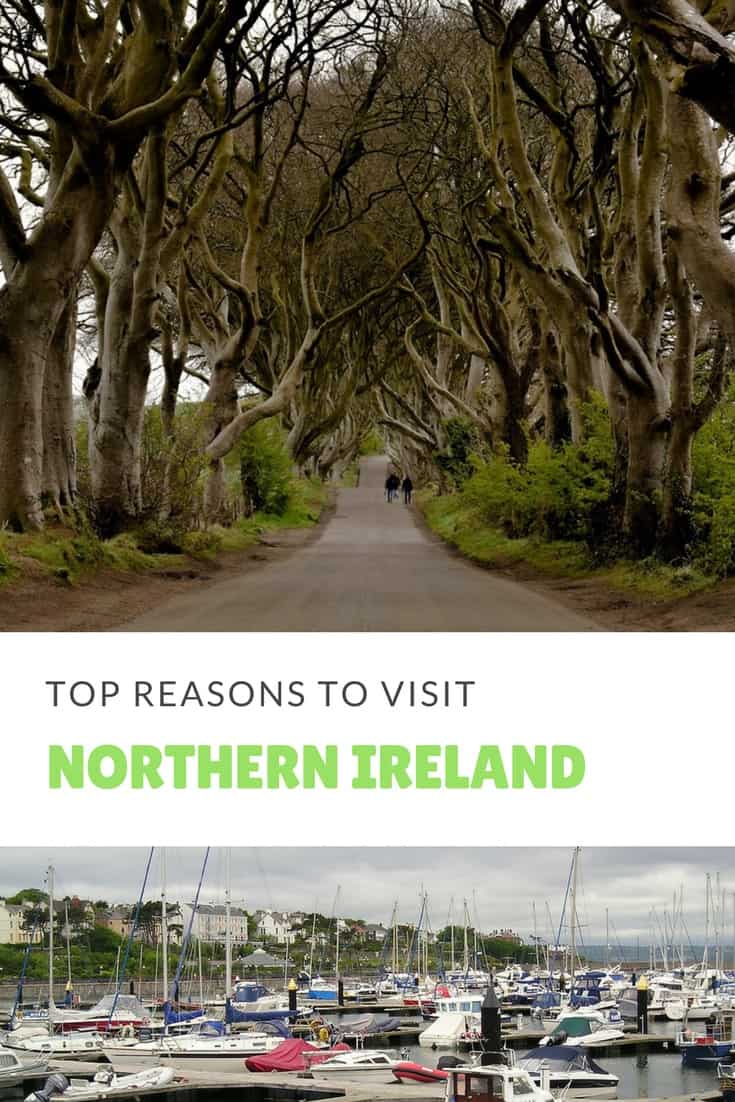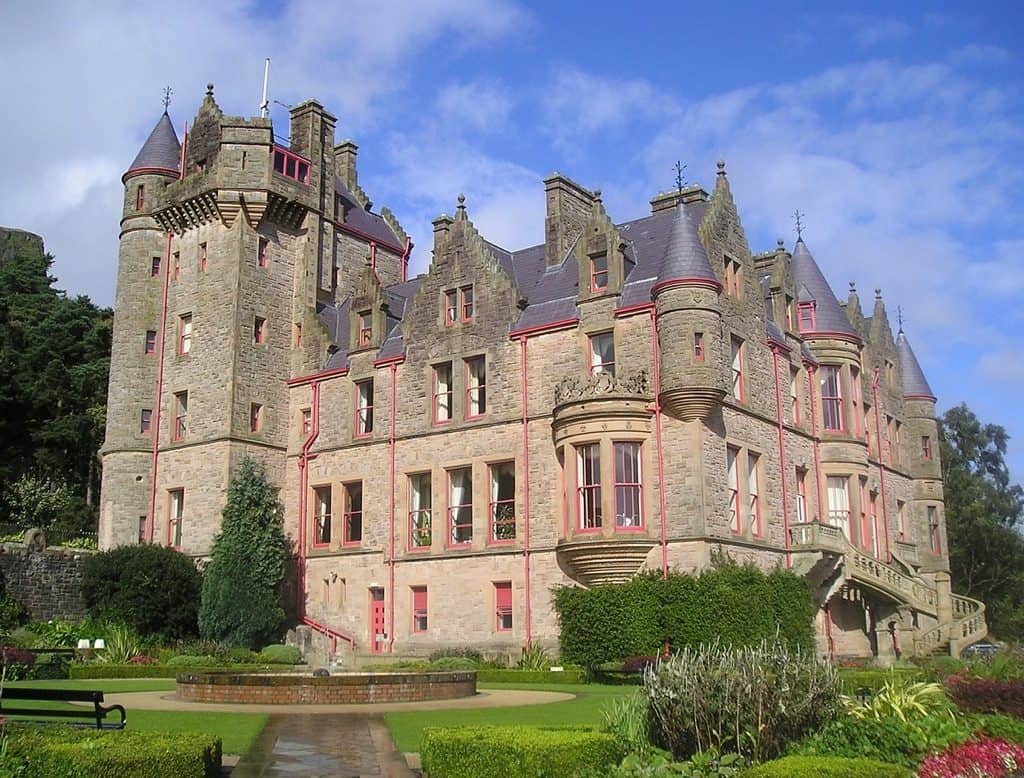
So many Brits have never crossed the water to visit Northern Ireland, and that’s a crying shame. It is one of the most picturesque parts of the United Kingdom.
From the Mourne Mountains to the breathtaking Causeway Coast and Glens, the region begs to be explored. Here’s our pick of some of top sights in Northern Ireland that will answer the question of why to visit this fascinating region.
See the Giant’s Causeway
The result of an ancient volcanic fissure eruption, this unique formation of thousands of interlocking basalt rocks is one of Northern Ireland’s most recognisable landmarks. The name comes from the popular myth that says the causeway was formed by an Irish giant named Finn McCool, or Fionn mac Cumhaill.
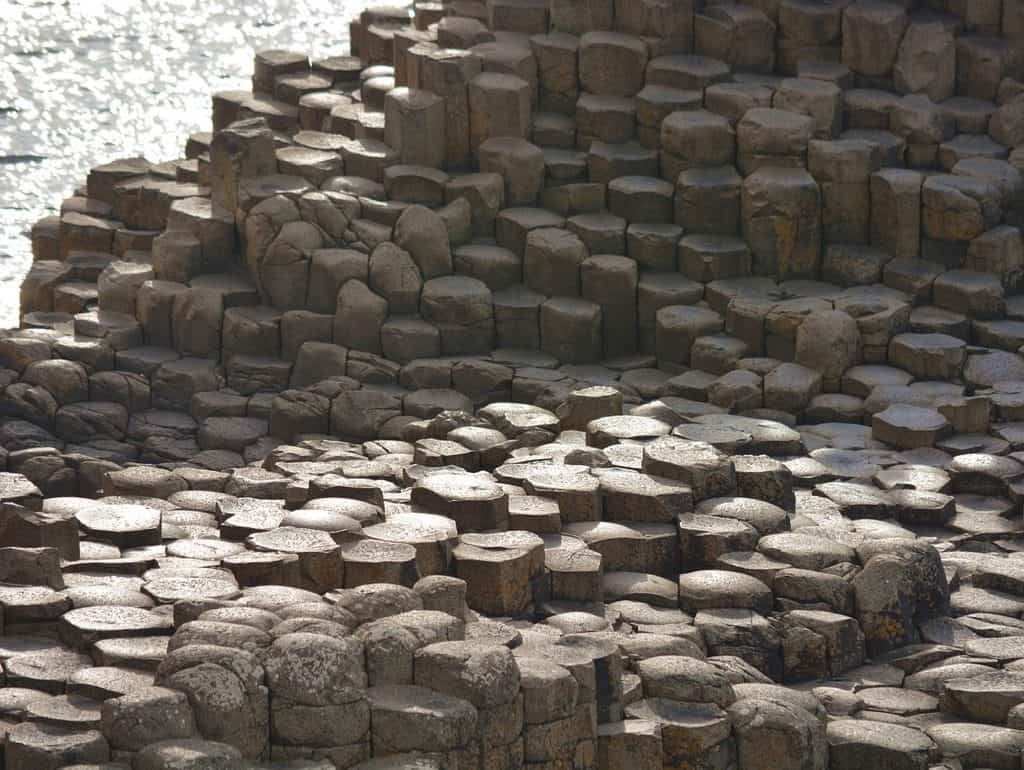
The only downside to Northern Ireland’s only UNESCO World Heritage site is that it can get rather crowded, so it’s best to visit midweek or out of high season. One travel photographer recommends visiting in the spring or autumn when the sun is setting for the most memorable snaps.
Enjoy proud Coleraine
Known for its spectacular waterside views, the picturesque town Coleraine has a rich history, with evidence of one of the earliest human settlements on the island of Ireland. The town is one of the main stopping points on the way to the Giant’s Causeway, and is also close to the distillery village of Bushmills.
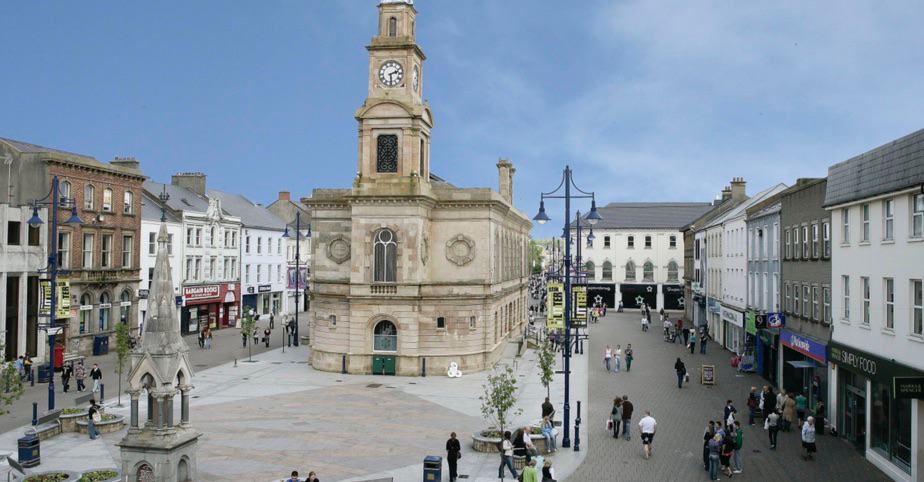
The town takes pride in its appearance, so much so that it has won awards including Best Kept Town, Ulster in Bloom, and Best Kept Large Town in Northern Ireland in the TidyTowns competition.
Learn about the troubles
It’s amazing to think there are now many generations of British adults that have no idea what the troubles were. The ethno-nationalist conflict caused thousands of deaths including many civilians. The conflict was generally considered to be ended by the Good Friday Agreement in 1998, although sporadic outbreaks of violence have occurred since.
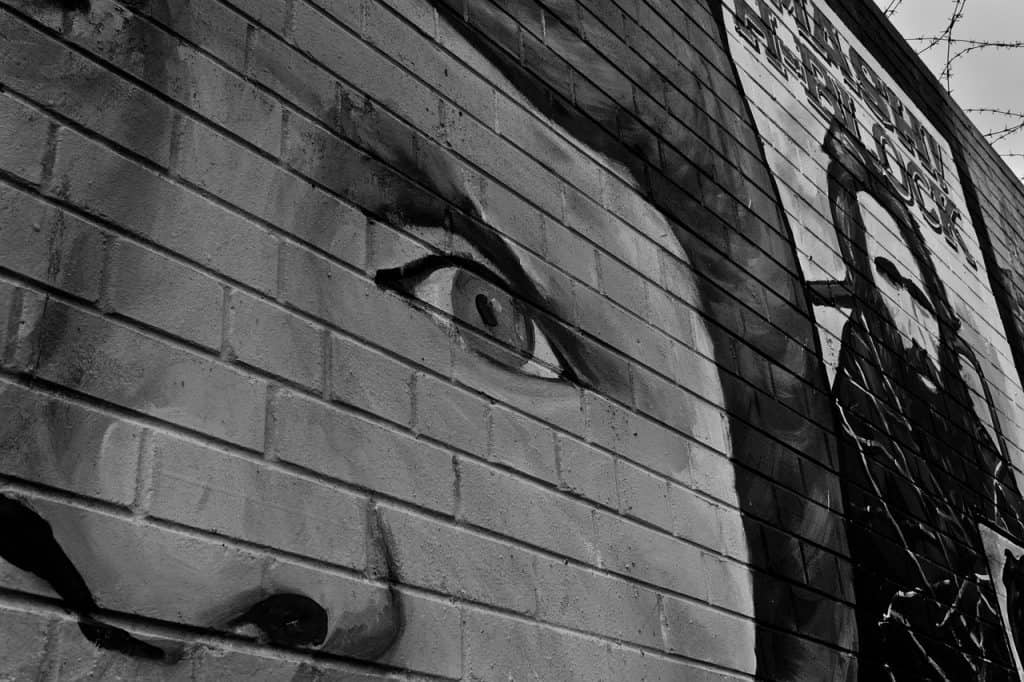
While there are calls to create a universal museum for the troubles, there are several places to go to learn more about the conflict. The Ulster Museum houses political posters and ephemera, many of which date from the early to mid-1970s.
The Eileen Hickey Irish Republican History Museum in west Belfast contains handicrafts produced by prisoners, alongside related images, posters and newspapers. In Londonderry, the Museum of Free Derry and guided tours of the murals are popular attractions.
Remember the Titanic
Other than the troubles, Northern Ireland is best known as the birthplace of the Titanic. Titanic Belfast is a modern monument and exhibition to the city’s maritime heritage on the site of the former shipyard where the famous vessel was built. Rowan Gillespie’s sculpture Titanica stands outside the striking building.

Alongside the obvious exhibitions about the vessel’s construction and disastrous maiden voyage, the aftermath is also covered. A full-size replica of one of the lifeboats and information from both the American and British inquiries into the disaster are on display.
Visit Bangor like the Victorians
On the southern side of Belfast Lough in County Down, Bangor is a popular seaside resort close to Belfast. Bangor enjoys one of the sunniest, driest climates on the island of Ireland, along with some of the highest temperatures.
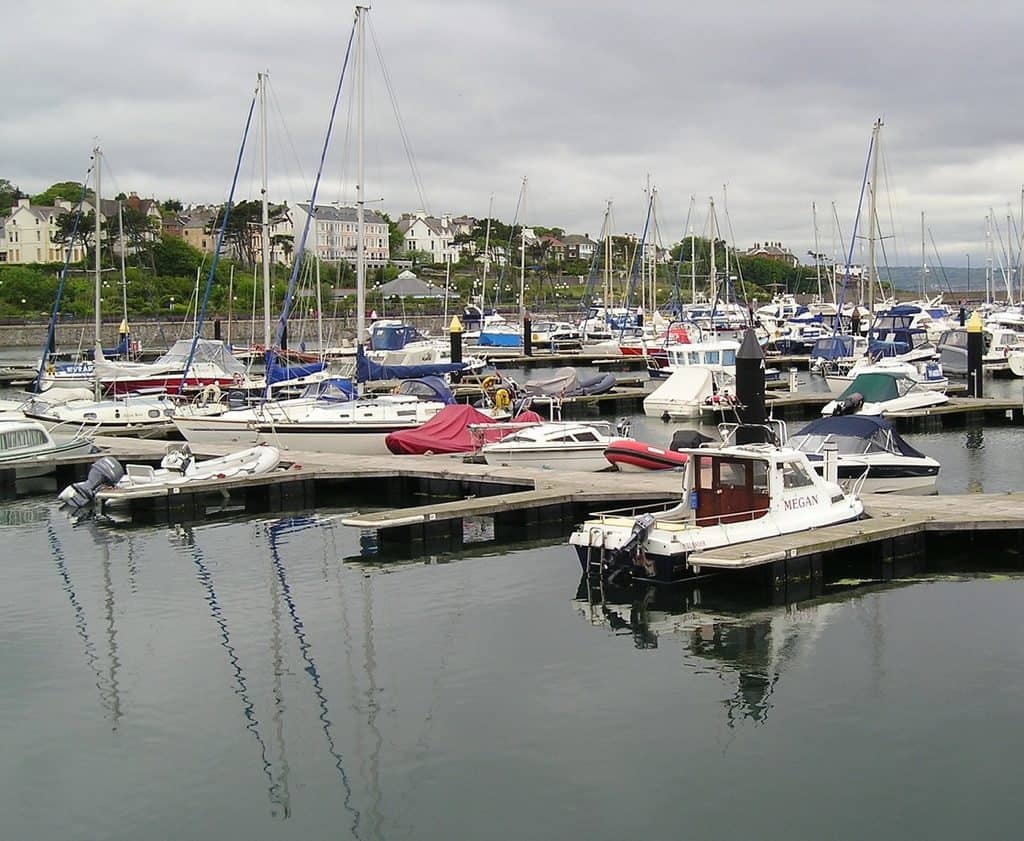
The historic town was a favourite resort for Victorian holidaymakers and much of the architecture from that period has been retained. The town has excellent rail links to Belfast and is pretty easy to explore on foot.
Relive Game of Thrones
Many of the filming locations for Westeros are located in Northern Ireland. Perhaps the best known is the Dark Hedges, a stunning avenue lined with beech trees planted in the 18th-century as a fancy entrance to Gracehill House. Fans of the HBO series will instantly recognise it as the King’s Road.
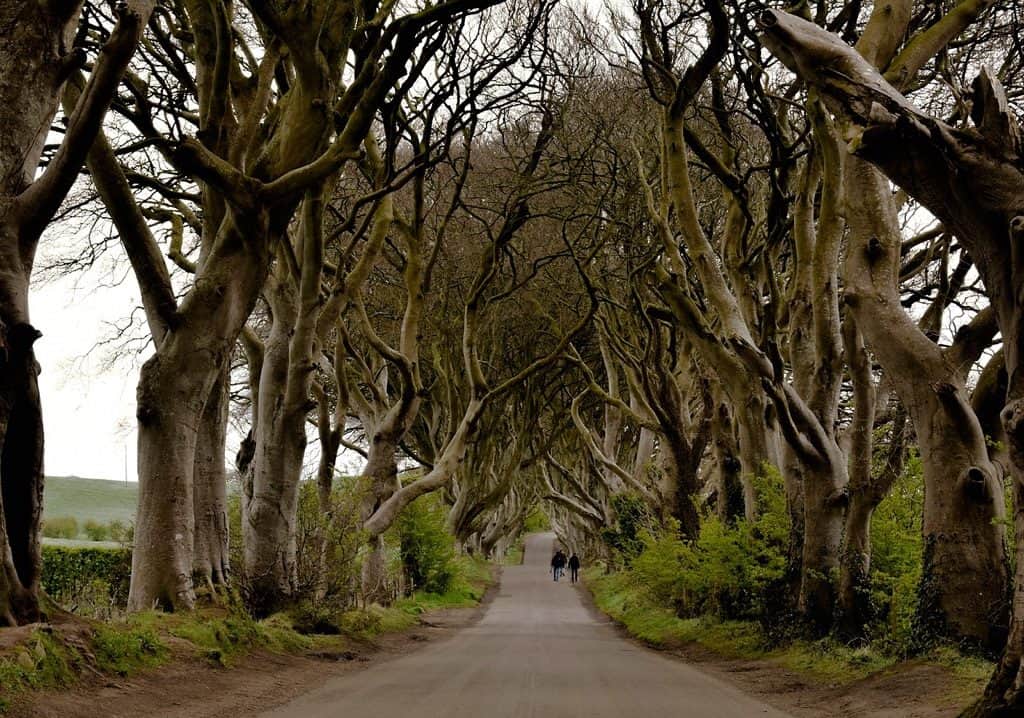
Many of the region’s beaches including Downhill Beach, Portstewart Strand, and Ballintoy Harbour have also featured. If you were a fan of the Stark-themed season one, the 18th-century Castle Ward and its gardens were used as the setting for Winterfell.
Walk to Dunluce Castle
Cross the bridge to access the ruins of Dunluce Castle. Once the finest castle on the coastline standing proudly with sheer cliffs all around it, the castle has seen better days but is still a supremely picturesque spot.
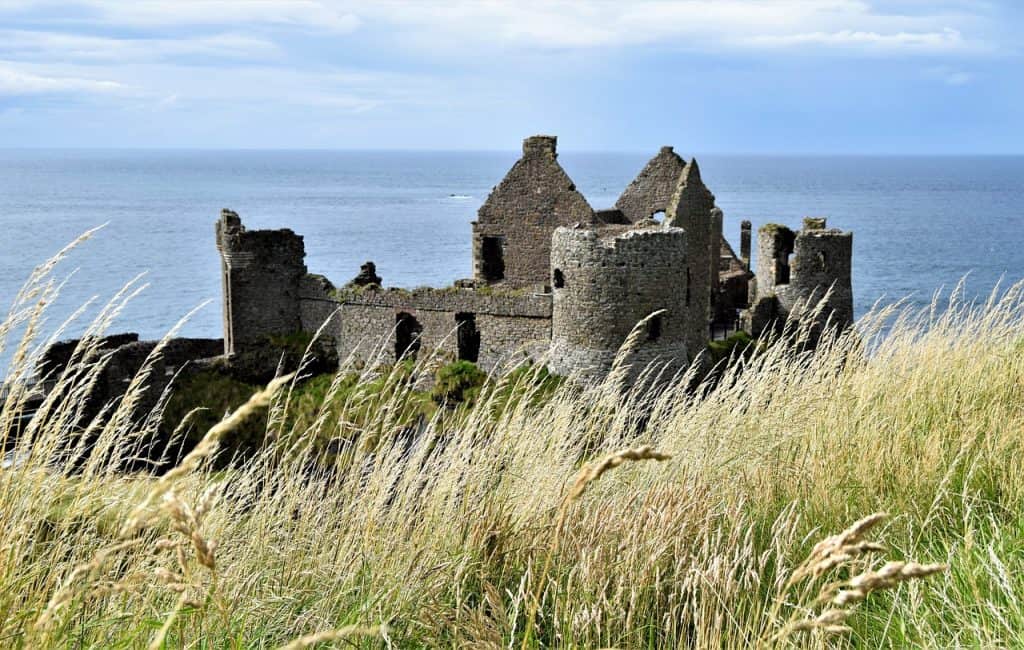
Just a few years ago, an archaeological excavation discovered remains of the “lost town of Dunluce”, which had been completely destroyed in the Irish uprising of 1641. On your visit you’re bound to hear the local legend that states that years ago, part of the kitchen next to the cliff collapsed and fell into the sea, after which the owner’s wife refused to live in the castle anymore.
Enjoy the British Isles’ largest lake
Supplying 40% of Northern Ireland’s water and bordering five of the six counties, the freshwater Lough Neagh is the largest lake in the entire British Isles. The tranquil atmosphere is the perfect place to relax and unwind.
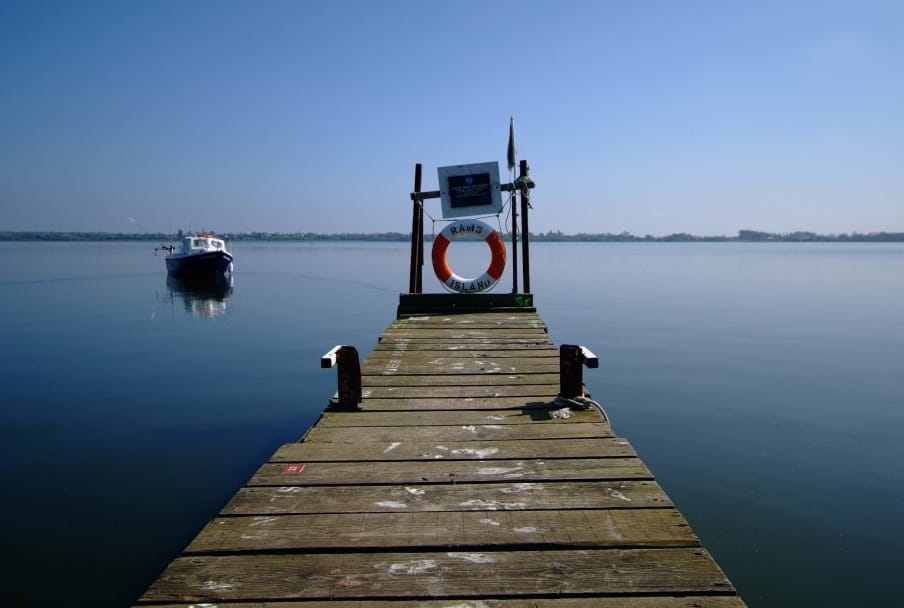
Learn survival skills on a wilderness tour, get a guided tour of the lake and its surroundings, hire your own boat for the do it yourself experience, or visit one of the many nearby attractions such as Randalstown Forest or Drum Manor Forest Park.
What’s your favourite things to do across the water in Northern Ireland?
Has this article and the photos inspired you to visit? If so, share your plans on Pinterest:
